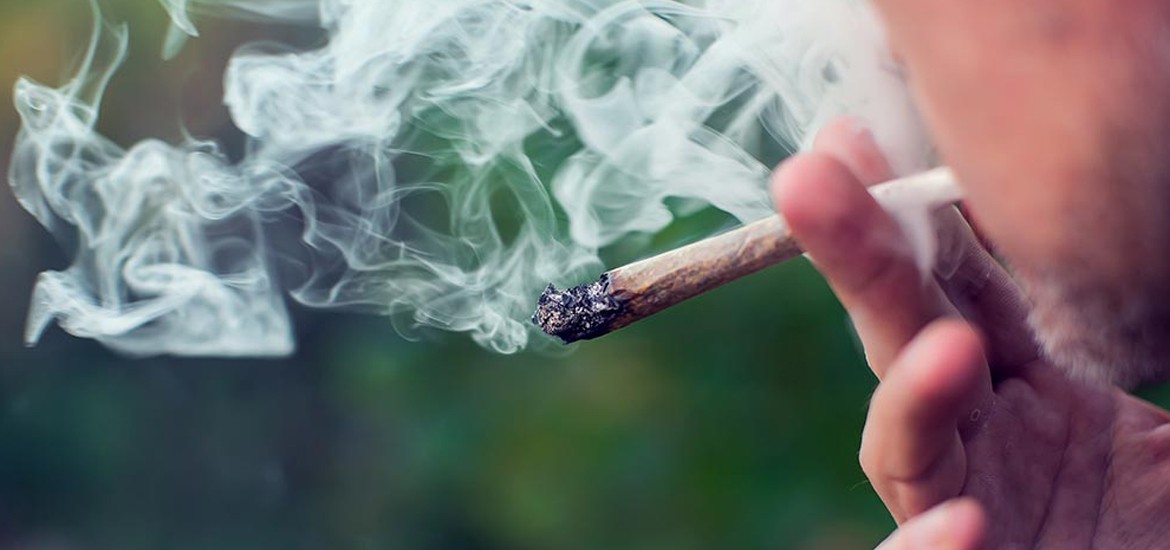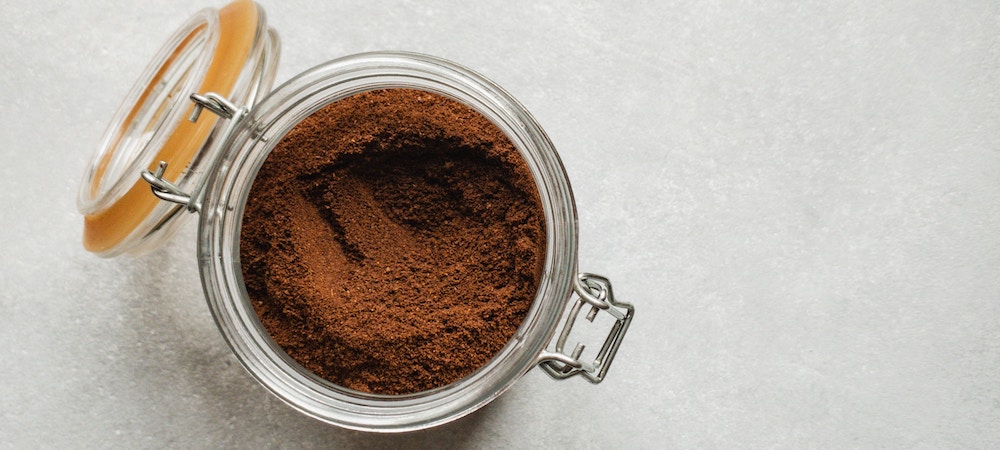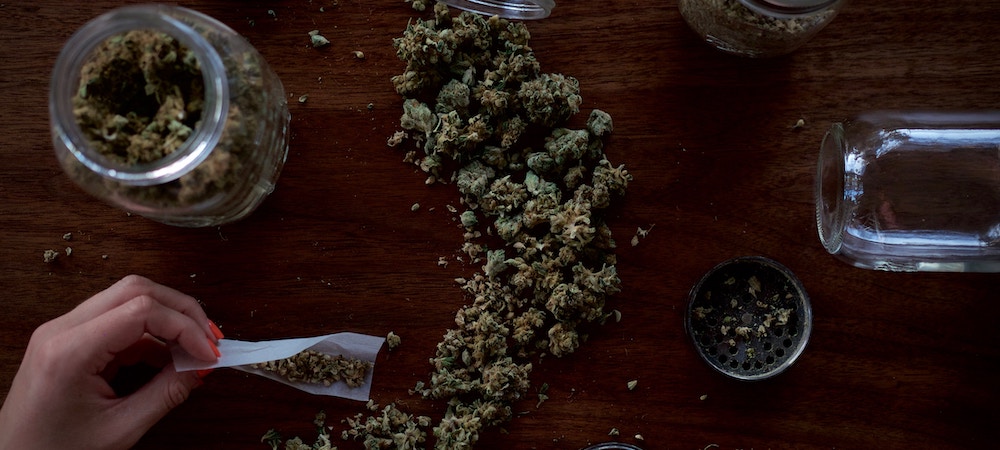How and Why Cannabis Tolerance Stops Getting You High
Does smoking weed just not hit the same as it used to for you? Do you long for those days when a small toke would send you soaring?
An important concept called tolerance is likely behind these decreasing effects.
Developing tolerance influences all consumers of cannabis in somewhat predictable and unfortunate ways. Furthermore, medicinal cannabis patients face additional risks from tolerance due to their medical needs.
That said, there are some surprising ways to reduce the impacts of tolerance. Moreover, there are valuable tips we’ll describe below that just might surprise you. Whether you use cannabis recreationally or medically, understanding tolerance is critical for long-term success.
What Is Tolerance?
Smoking and vaping cannabis products lead to a group of effects collectively known as getting ‘high.’ We know that THC is the primary driver of these effects, but that other cannabinoids and the terpenes present also play a role. Sadly, the high produced by cannabis products tends to reduce in intensity over time for some people. This effect is due to tolerance.
Tolerance is defined as the need for a larger dose of a drug to maintain the original effects it produced. This effect can begin to occur after the first few doses, for some people at least. Unfortunately, developing tolerance can also eventually lead to physical dependence and even addiction. We’ll learn some useful tips to help avoid such adverse outcomes.
The development of tolerance usually occurs with chronic or frequent use of cannabis. The higher and more frequent dosing of cannabis increases this physiological adaptation. Since tolerance relates to our internal physiology, it is different for everyone.
The Risks of Tolerance
The first and most obvious downside of tolerance is that you need to consume more cannabis to get the same high. This leads to increased consumption and higher costs. The more you smoke or vape, the higher the chance of side-effects. These include agitation to your airways and motor impairment.
This impairment is especially dangerous when it comes to driving or operating any heavy machinery. The increased costs needed to cover your cannabis needs also have bad outcomes on your wallet.
For medical cannabis patients, there is some optimism around a lack of tolerance around specific therapeutic effects, such as reducing spasticity and analgesia (pain-reduction).
The Physiological Effects
Cannabis consumption increases heart-rate, known as tachycardia. Research has shown that this cardiovascular effect is one of the impacts that is reduced as tolerance develops.
For medical patients who use cannabis to help control pain, inflammation, sleep, and more, developing tolerance means that your medicine doesn’t work as well.
Our current understanding of tolerance and cannabis points to changes in how our body reacts to THC. These effects do not appear to be related to pharmacokinetic mechanisms, such as increased THC excretion after consumption. Instead, scientists use the term pharmacodynamic to describe how the body reacts to having the substance present.
It is these pharmacodynamic mechanisms that adapt over time to change our level of tolerance to cannabis. For example, THC is known to produce psychoactive effects through actions on our CB1 receptors primarily. Our bodies adapt to the high THC levels by reducing CB1 sensitivity or even the number of CB1 receptors present in our brain.
Scientists call this receptor desensitization (reduced sensitivity) and receptor downregulation (reduced number of receptors). Combined, these adaptions occur in specific regions of the brain and our body as a response to cannabis consumption.
The end-result of these adaptations influences the following effects of cannabis:
- Perception
- Psychoactivity
- Euphoria
- Cognitive impairment
- Anxiety
- Cortisol increase
- Mood
- Intraocular pressure
- Psychomotor performance
- Nausea
- Cardiovascular effects
Tolerance appears to decrease the acute effects of cannabis on subjective intoxication and motor impairment. That said, cognitive impairment seems to increase over time as tolerance develops. While consumers may feel less impaired after they smoke, it seems that their overall level of cognitive performance decreases.
This leads us to repeat this vital note once again, do not drive high. While regular consumers may feel like they have less impairment, research has shown that the neurocognitive function of daily cannabis consumers is impaired. And so, driving while high is dangerous, no matter your level of tolerance.
Preventing Tolerance
To help ensure cannabis keeps producing the euphoric lift that we all desire, preventing tolerance is essential. Here are a few of the best tips to help you avoid developing tolerance.
- Consume as little as possible. Try to consume just as much as you need to produce the intended effects. Maintain these lower rates of consumption as best you can each and every day.
- Practice mindfulness. It is just as easy to consume too much cannabis when distracted from overeating junk food. Instead of getting high while distracted, focus on the effects as they occur. Whether taking a walk, eating a meal, or listening to a great album, focus on the task at hand, and pay attention to how cannabis impacts you.
- Take days off. By not consuming cannabis every day, you reduce the chances of developing tolerance. These days off help to slow or even prevent the build-up of tolerance that otherwise occurs.
- Add more CBD to your cannabis dosing. Pick strains that have more CBD and more balanced cannabinoid profiles. Aim for a higher CBD-THC ratio.
- Switch up your cannabis. By changing it up, you get a whole new set of cannabinoids and terpenes. These changes can provide a little boost in the high you experience and help you maintain lower doses day after day.
- Avoid switching to more potent cannabis products, such as concentrates. While these products provide more THC, they increase the development of tolerance. They also increase the adverse health outcomes that occur from consuming too much THC.
- Avoid combining cannabis with other drugs or alcohol. Stick to one psychoactive substance at a time so that you can fully enjoy the effects. Combining drugs muddies the effects and can reduce the enjoyment of each substance.
Reducing Tolerance
The good news is that tolerance can also go away. These cannabinoid receptor adaptations appear to reverse after we stop consuming cannabis rather quickly.
One of the best ways to reduce your tolerance is by taking a break from consuming cannabis. This is often called a tolerance-break or T-break. While there is little evidence to provide concrete timeline suggestions, taking a few weeks off is an excellent place to start.
Abstinence is frankly one of the best ways to provide your body time to reset. Too much of a good thing… as they say. Give your body and your cannabinoid receptors time to reset by taking breaks at least a week-long at least a few times a year.
Some people call it a detox, but it is more of a break. While on your T-break, avoid increasing consumption of alcohol, nicotine, or other drugs. Also, do your best to eat well, drinks lots of water, exercise, and get the right amount of sleep. Finally, consider taking some multi-vitamins to help provide your body when the nutrient and vitamins it needs.
The best part about taking a T-break is when you finally get to end it. That first smoke or vape after taking time off cannabis can provide an uplifting experience similar to your early experiences with cannabis.
When you do resume consumption, start with the smallest amount of cannabis possible. Take your time and pay attention to the effects. By starting low and attempting to maintain lower amounts of cannabis consumption, you can reduce the re-development of tolerance.
As mentioned earlier, avoid switching to more potent varieties of cannabis products if you wish to keep your tolerance low. Cannabis concentrates have incredibly high amounts of THC, leading to rapid tolerance development. The same goes for ending a T-break, as you should pick dried flowers instead of concentrates.
Our Blackberry Gum is a great Indica strain for experiencing the couch-locking effects of cannabis after a T-break. If you’re seeking a daytime high, go with our Lemon Z for a strain rich in limonene and pinene.
How Concerned about Tolerance Should You Be?
The tolerance that develops with frequent and heavy use of cannabis leads to a reduction in benefits and increased side effects. For example, tolerance leads to reduced euphoria and can increase the cognitive impairment of cannabis consumption. Furthermore, tolerance ultimately hurts your wallet as you have to spend more to get the same level of enjoyment out of cannabis.
The development of tolerance can also lead to cannabis dependence or even addiction. It increases the potential of health risks, and so it should be avoided wherever possible. Remember to never drive while high, no matter your tolerance level.
For all the reasons discussed above, preventing and reducing tolerance should be front of mind. If you haven’t taken a T-break before, find out the benefits for yourself by giving it a try. Not only will you save money during your T-break, but you’ll also continue to save money when you return to cannabis with a lower tolerance.




